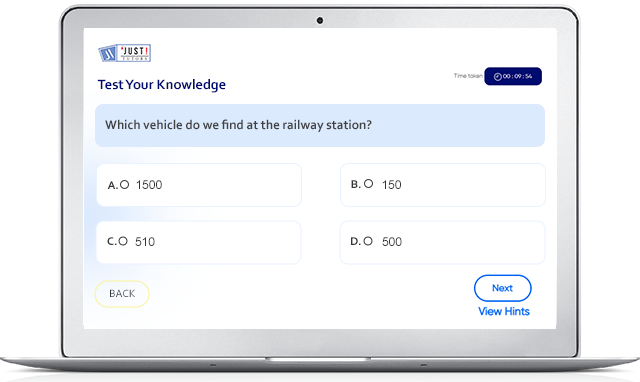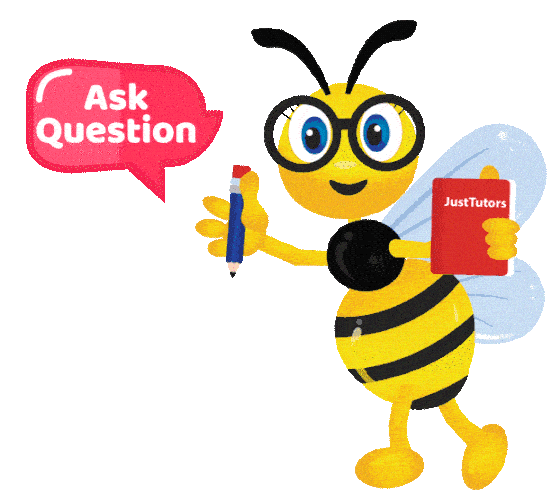


ICSE /Class 3
Science MCQ Based On The earth spins
Our free online Science test quiz for Class 3, ICSE will assist you to improve your Science skills on every concept in a fun interactive way.



Happy students
 10K +
10K + Awesome classes
ICSE Class 3 Science The earth spins
|
Rotation of the Earth causes day and night.
Winter season - Winter is the coldest season of the year in polar and temperate zones. It occurs after autumn and before spring each year. Autumn season - the season of the year between summer and winter during which temperatures gradually decrease. The day is divided into day(time) and night(-time). ... Daytime is from sunrise (this varies, but we can say approximately 6am) to sunset (we can say approximately 6pm). Night-time is from sunset to sunrise.
The Earth does it on its own axis.
Night - the part of the day when it is dark and when most people sleep
Day - the time when the sky is light; not night.
Summer season - Summer is the hottest of the four temperate seasons, falling after spring and before autumn.
Winter season - Winter is the coldest season of the year in polar and temperate zones. It occurs after autumn and before spring in each year.
The 'East' Pole would be located on the equator at 90 degrees East longitude. That is the center of the Eastern Hemisphere. The South Pole, also known as the Geographic South Pole or Terrestrial South Pole, is one of the two points where the Earth's axis of rotation intersects its surface. It is the southernmost point on the surface of the Earth and lies on the opposite side of Earth from the North Pole. Axis - An axis is an invisible line around which an object rotates or spins. The points where an axis intersects with an object's surface are the object's North and South Poles. The North Pole, also known as the Geographic North Pole or Terrestrial North Pole, is (subject to the caveats explained below) defined as the point in the Northern Hemisphere where the Earth's axis of rotation meets its surface.
Blockage of Earth by the Moon - A lunar eclipse occurs when the Moon moves into the Earth's shadow The earth's rotation is the rotation of planet Earth around its own axis. The earth rotates eastward, in prograde motion. Movement of Sun - Sun path, sometimes also called day arc, refers to the daily and seasonal arc-like path that the Sun appears to follow across the sky as the Earth rotates and orbits the Sun.
Sun - the star that shines in the sky during the day and that gives the earth heat and light Alpha Centauri is the closest star system and closest planetary system to the Earth's Solar System at 4.37 light-years from the Sun. Moon - the object that shines in the sky at night and that moves around the earth once every 28 days Proxima Centauri is a small, low-mass star located 4.244 light-years away from the Sun in the southern constellation of Centaurus.
A rotation is a circular movement of an object around a center of rotation. An orbit is a regular, repeating path that one object in space takes around another one. A revolution is a very sharp change made to something. The word comes from Latin and relates to the word revolution (which means a turnaround).
The rotation in which Earth rotates
Axis - a line, we imagine through the middle of an object, around which the object turns

At JustTutors, we believe in the power of digital technology to help students get personalized learning and attention from India's best-in-class science, english and math tutors. We are focused on creating a top-class e-learning platform that brings together the best teachers, technology, media, content for creating a seamless and world-class experience for every student.


